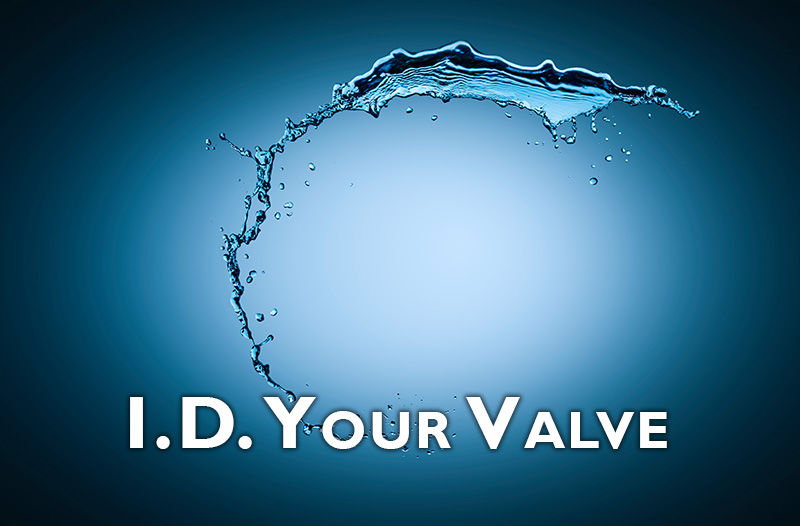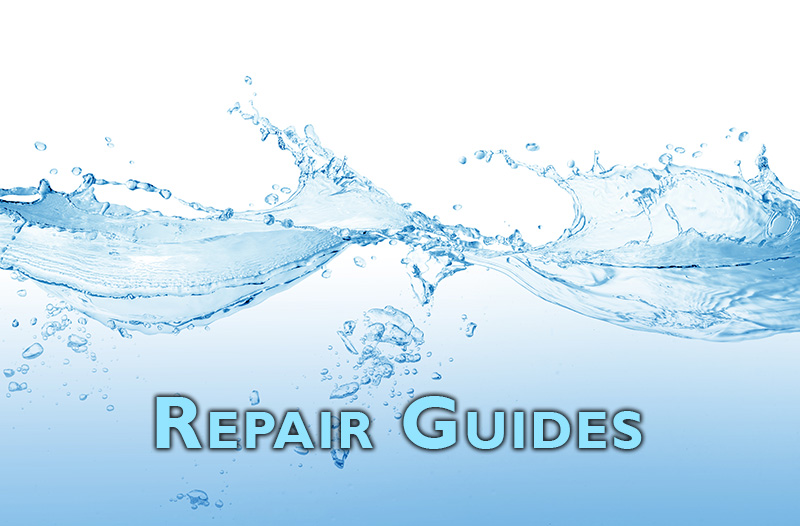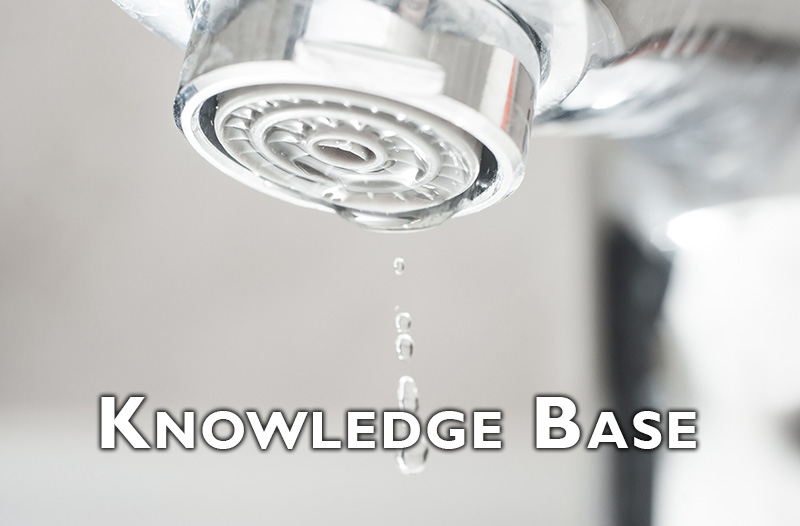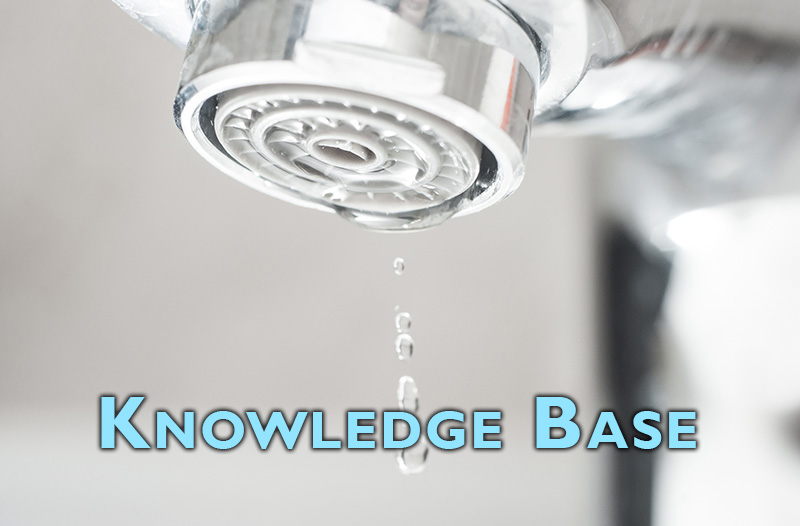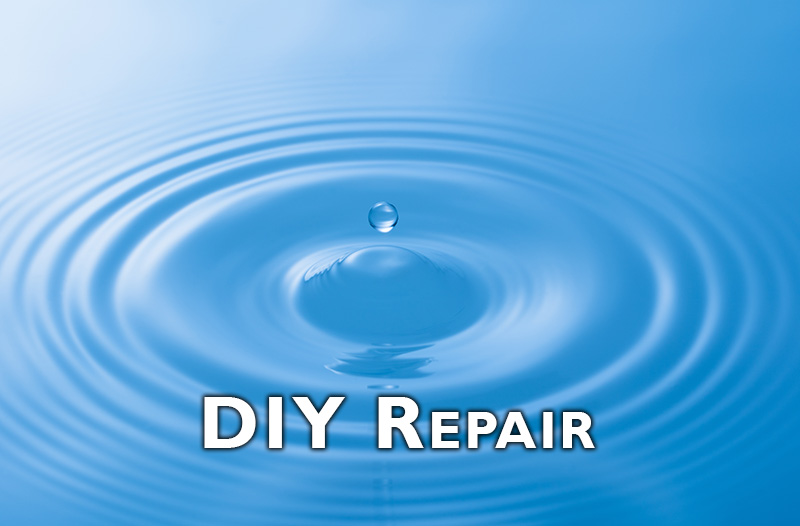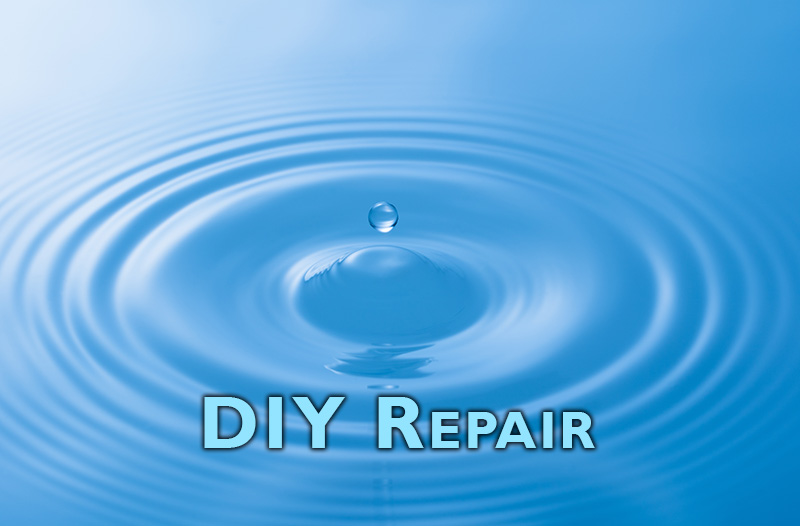FAQ KNOWLEDGE BASE
TOP QUESTION: YOU DON’T HAVE A PHONE NUMBER – ARE YOU A LEGITIMATE BUSINESS?
Yes! We are an online store only that provides water softener parts to DIY-ers and plumbers. We also have several repair guides available. We do not have a land line due to our single employee having hearing impairment. However emails (info@watersoftenersuperstore.com) are responded to within 1-2 business days.
Thank you for your business, we appreciate it.
A water softener has 4 basic cycles: Backwash, Brine, Rinse & Service. These are the most frequent problems and remedies.
BACKWASH
Water travels up through the media churning it and dislodging debris trapped and sending it to the drain.
BRINE
There are 2 methods to introduce the brine
Co-Current: The brine solution flows from the top of the media down. This method uses a little more salt,
Countercurrent: The brine flow from the button of the media to the top. This method uses less salt but has a higher chance of hardness bleed through.
Brine can be divided into 2 parts: Brine and Brine Rinse or Slow Rinse. Brine is when the system is drawing brine water from the salt tank. This process last about 20 minutes. Brine rinse starts once all the water is drawn from the brine tank even though the valve has not changed positions.
RINSE
Water passes through the media in a downward direction rinsing the excess sodium. It is also know as rapid rinse or settle rinse. It packs the resin preparing it for the service cycle.
SERVICE
This cycle is providing treated water.
My softener appears to be working, but I still have hard water. What could be the issue?
The most frequent cause of this issue is a malfunction in the venture assembly, which is responsible for creating the brine draw. Ensure that the venture assembly is clear of any debris that might obstruct its function. Additionally, check for any blockages in the drain, as these can also impede the brine draw process. Regular maintenance and cleaning of these components can help prevent such problems. If issues persist, it may be necessary to consult a professional technician for further assistance.
There is excess water in my brine tank. What could be causing this?
- Blocked Drain Line or Venturi Valve: A blocked drain line or venturi valve can prevent proper water drainage during the regeneration cycle, leading to water accumulation in the brine tank.
- Leaking Brine Valve: A leaking brine valve can allow water to continuously flow into the brine tank, causing it to overflow.
- Incorrect Valve Settings: Ensure that the valve settings are adjusted correctly for your specific water softener model. Some systems may be set to fill the brine tank excessively, resulting in water overflow.
- Faulty Brine Flow Control: If the brine flow control mechanism is missing or incorrectly sized, it can lead to excessive water entering the brine tank during regeneration.
- Internal Seal Leakage: Internal seals within the water softener system may degrade over time, leading to leaks and water overflow issues.
- Loose Connections: Check for any loose or disconnected fittings along the brine line, as these can contribute to water leakage and overflow.
If you’re experiencing excess water in the brine tank, it’s important to troubleshoot and address the underlying cause promptly to prevent damage to your water softener system. Consider consulting a professional technician for further assistance if needed.
My softener is not using salt. What could be causing this?
If your water softener is not using salt, several factors may be contributing to the issue. Here are some common reasons to consider:
- Incorrect Salt Settings: Ensure that the salt settings on your water softener are properly configured for your water hardness level and household water usage. Adjusting the settings to match your specific requirements can optimize salt usage.
- Salt Bridge Formation: A salt bridge occurs when a crust forms above the water level in the brine tank, preventing salt from dissolving and effectively regenerating the resin beads. Breaking up the salt bridge manually or using a salt grid can help restore proper salt usage.
- Clogged Injector or Venturi: If the injector or venturi is clogged with debris or mineral buildup, it can impede the flow of brine during the regeneration cycle, leading to insufficient salt usage. Regular maintenance and cleaning of these components are essential to ensure optimal performance.
- Faulty Brine Tank Components: Check for any malfunctions or defects in the brine tank components, such as the brine valve or float assembly. A malfunctioning brine valve, for example, may fail to draw brine properly, resulting in reduced salt usage.
- Water Pressure Issues: Insufficient water pressure can affect the proper operation of the water softener, including the salt dissolution process. Ensure that the water supply to the softener is adequate and free from any obstructions.
- Resin Bead Contamination: Contaminants or fouling on the resin beads can diminish their ability to effectively remove hardness minerals from the water, leading to reduced salt usage. Cleaning or replacing the resin bed may be necessary to restore optimal performance.
If your water softener continues to experience issues with salt usage despite troubleshooting these potential causes, it may be advisable to seek assistance from a professional technician to diagnose and address the problem effectively.
My water pressure in the house is low, but it increases when I place the softener on bypass. What could be causing this?
If your water pressure improves when you bypass the water softener, several factors may be contributing to the issue. Here are some common reasons to consider:
- Clogged Resin Bed: Over time, the resin bed in the water softener can become fouled with mineral deposits or contaminants, restricting water flow and reducing pressure. Cleaning or replacing the resin bed may be necessary to restore optimal performance.
- Restricted Flow: Check for any obstructions or blockages in the water softener system, such as sediment buildup in the control valve or clogged injector or venturi. Clearing these obstructions can improve water flow and pressure.
- Incorrect Valve Settings: Ensure that the valve settings on your water softener are adjusted correctly for your water usage and hardness level. Incorrect settings can lead to inadequate water flow and pressure.
- Water Softener Sizing: If the water softener is undersized for your household’s water usage, it may struggle to keep up with demand, resulting in reduced water pressure. Consider upgrading to a larger capacity unit if necessary.
- Plumbing Issues: Inspect your home’s plumbing system for any leaks, restrictions, or damage that could be affecting water flow and pressure. Addressing these issues may improve overall water pressure, both with and without the water softener in operation.
- Bypass Valve Malfunction: The bypass valve itself may be malfunctioning, causing restrictions in the water flow when the softener is in service mode. Check the bypass valve for any defects or malfunctions and replace if necessary.
If you’re unable to identify or resolve the cause of the low water pressure, it may be advisable to consult a professional plumber or water treatment technician for further diagnosis and assistance.
My water is salty after a regeneration. What could be causing this?
If your water tastes salty after a regeneration cycle, several factors may be contributing to the issue. Here are some common reasons to consider:
- Insufficient Rinse Cycle: After the regeneration process, the water softener should go through a thorough rinse cycle to remove excess salt from the resin bed. If the rinse cycle is inadequate or interrupted, residual salt may remain in the water supply, resulting in a salty taste.
- Improper Salt Level: Ensure that the salt level in the brine tank is maintained at the appropriate level to facilitate the regeneration process. Insufficient salt can lead to incomplete regeneration and elevated sodium levels in the softened water.
- Salt Bridge Formation: A salt bridge occurs when a crust forms above the water level in the brine tank, preventing salt from dissolving properly and reaching the resin bed during regeneration. Breaking up the salt bridge manually or using a salt grid can help ensure proper salt distribution.
- High Sodium Content in Source Water: If your water source naturally contains high levels of sodium or other dissolved minerals, the softened water may have a slightly salty taste even after regeneration. Consider testing your water quality to determine the baseline sodium level.
- Resin Bead Contamination: Contaminants or fouling on the resin beads can affect the efficiency of the regeneration process, leading to residual salt in the softened water. Cleaning or replacing the resin bed may be necessary to address this issue.
- Malfunctioning Control Valve: If the control valve is not functioning correctly, it may fail to regulate the regeneration process effectively, resulting in excessive salt usage and salty water. Inspect the control valve for any defects or malfunctions and repair or replace as needed.
If your water continues to taste salty after regeneration despite troubleshooting these potential causes, it may be advisable to consult a professional water treatment technician for further diagnosis and assistance.

